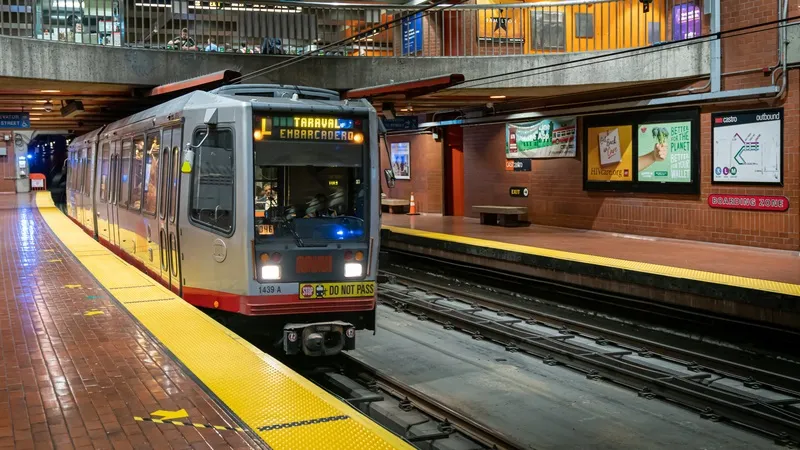US transportation secretary Anthony Foxx has announced US$100 million in competitive grants to 24 recipients in 19 states to significantly improve bus service and bus facilities in urban and rural communities where residents depend heavily on public transportation. The grants are provided through the Federal Transit Administration’s (FTA) Ladders of Opportunity Initiative, which supports the modernisation and expansion of transit bus service across the nation, with the purpose of connecting disadvantaged an
September 26, 2014
Read time: 2 mins
US transportation secretary Anthony Foxx has announced US$100 million in competitive grants to 24 recipients in 19 states to significantly improve bus service and bus facilities in urban and rural communities where residents depend heavily on public transportation. The grants are provided through the 2023 Federal Transit Administration’s (FTA) Ladders of Opportunity Initiative, which supports the modernisation and expansion of transit bus service across the nation, with the purpose of connecting disadvantaged and low-income populations.
Making the announcement in Detroit, Foxx said: “Transportation is about more than getting from one point to another--it’s about getting from where you are to a better life. The Ladders of Opportunity grants will help communities to offer better access to jobs and schools and allow citizens to gain the life skills they need to achieve their goals.”
Among the projects selected nationwide are: US$25.9 million to Detroit to purchase up to 50 new hybrid and clean diesel buses; San Francisco will receive approximately US$9 million to help the4802 San Francisco Municipal Transportation Agency (SFMTA) to expand its Muni bus service; Denver will receive US$5 million to link Denver’s bus system with nearby Aurora, Colorado, connecting residents of an economically diverse corridor with a variety of education and employment opportunities; Oklahoma will receive almost US$4.1 million to replace aging vehicles in ten transit systems across rural parts of the state; and two grants totalling $260,570 will establish new transit systems on Native American reservations, providing much-needed transportation options to tribal residents who often lack access to employment, health care, and other essentials.
Making the announcement in Detroit, Foxx said: “Transportation is about more than getting from one point to another--it’s about getting from where you are to a better life. The Ladders of Opportunity grants will help communities to offer better access to jobs and schools and allow citizens to gain the life skills they need to achieve their goals.”
Among the projects selected nationwide are: US$25.9 million to Detroit to purchase up to 50 new hybrid and clean diesel buses; San Francisco will receive approximately US$9 million to help the









